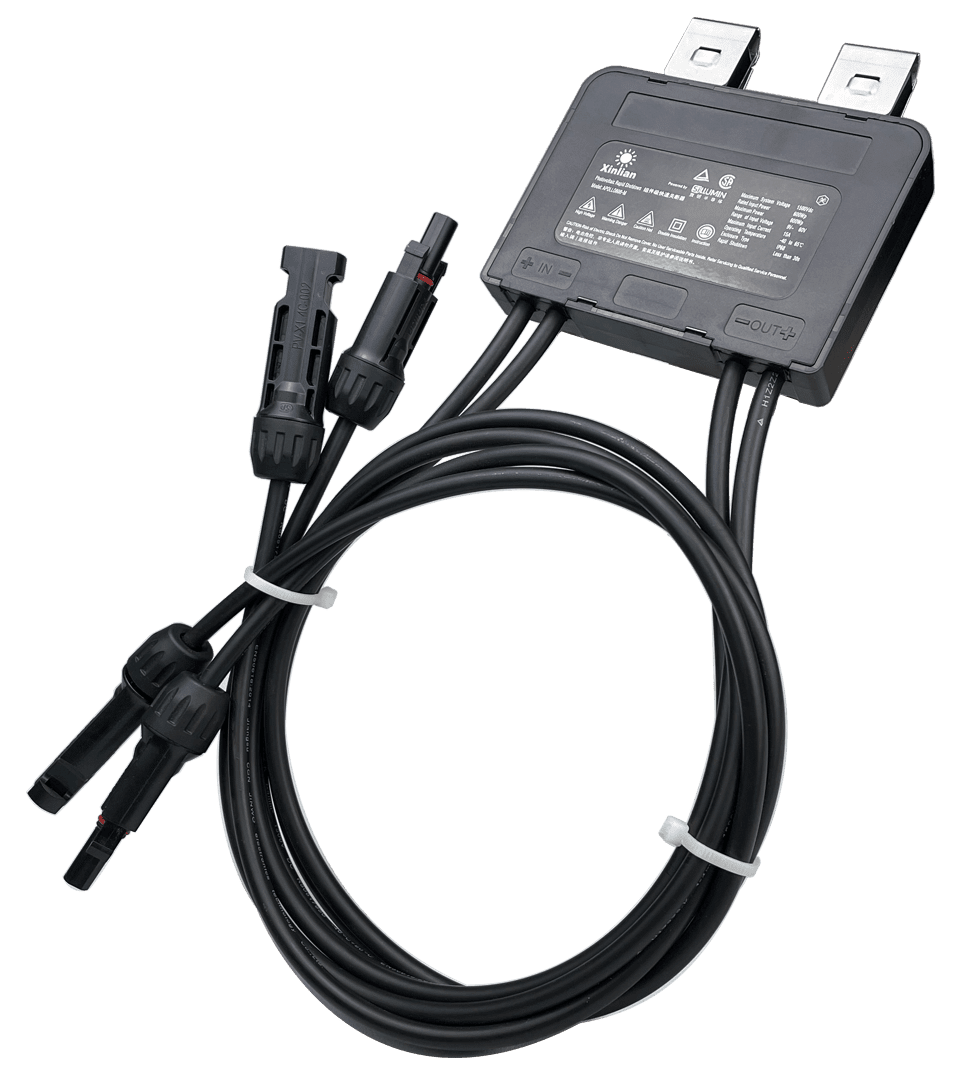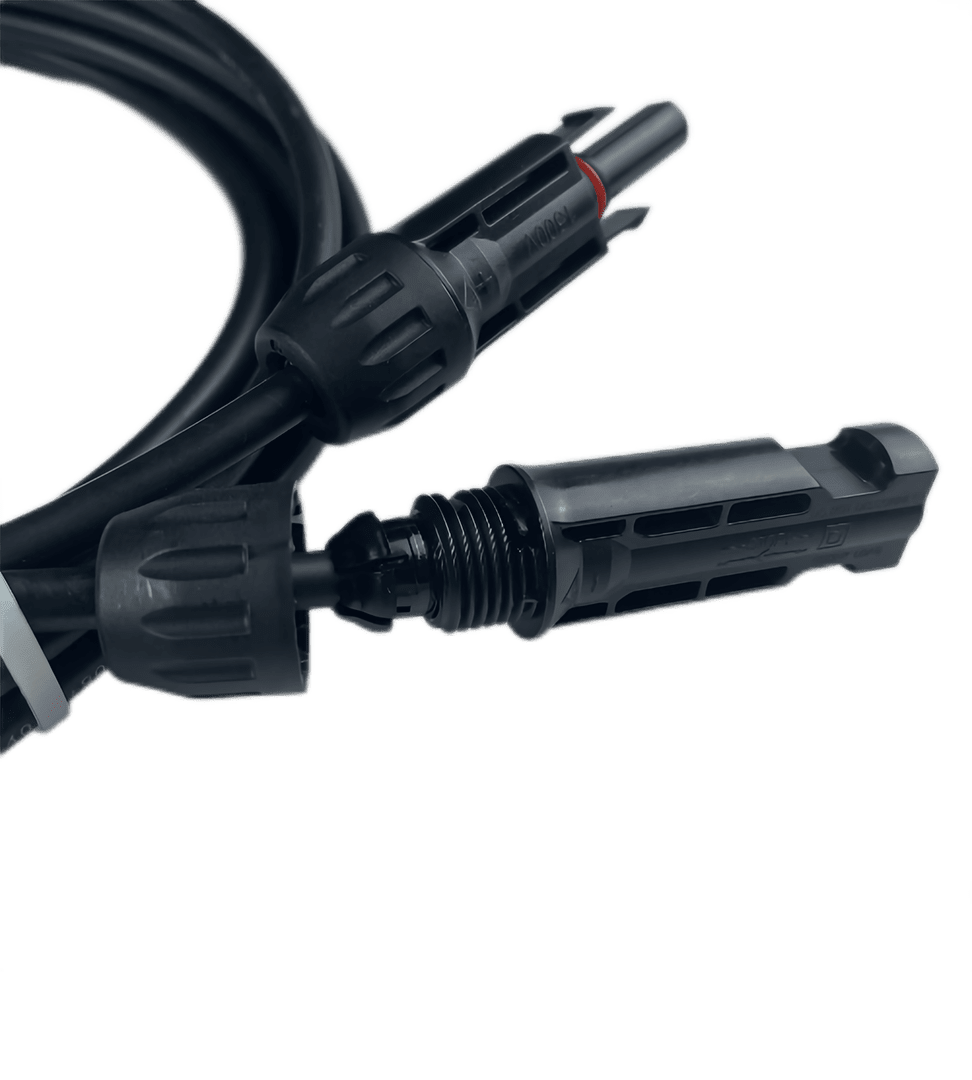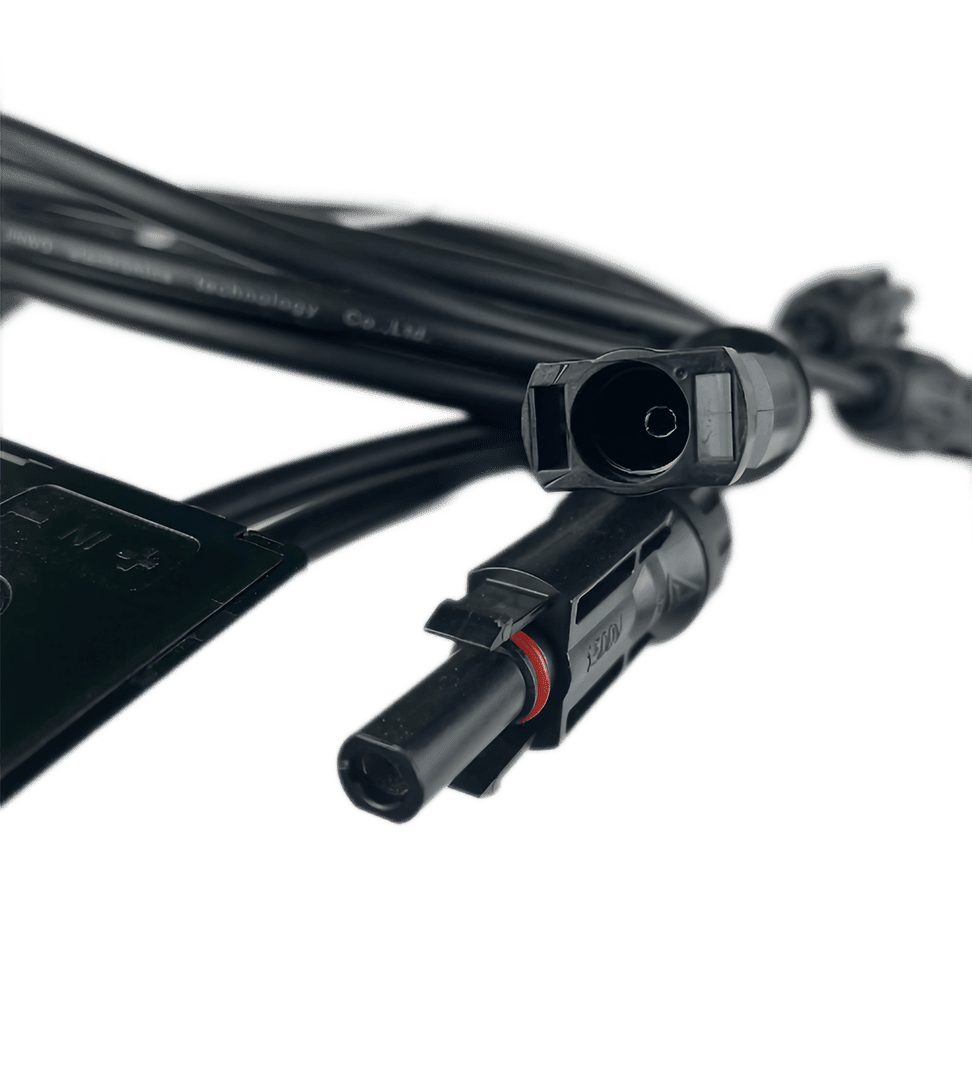Increased Energy Production: Solar Power Optimizers work at the individual module level, allowing each panel to operate at its maximum power point (MPP). This optimization ensures that even if one panel is partially shaded or experiences efficiency issues, the overall energy production of the system is maximized.
Overcoming Shading Issues: Shading, whether from nearby buildings, trees, or other obstacles, can significantly impact the energy output of your solar panels. Solar Power Optimizers mitigate the effects of shading by bypassing the shaded panels and allowing the unshaded panels to perform optimally.
Module-Level Monitoring: Solar Power Optimizers provide real-time monitoring at the module level, enabling you to identify and address any performance issues promptly. You can track the performance of each panel and ensure the entire system is functioning at its peak efficiency.
Safety and Reliability: Solar Power Optimizers incorporate safety features such as rapid shutdown capabilities, ensuring the system can be quickly and safely shut off during maintenance or emergency situations. They also help to protect your solar panels by mitigating the risks associated with hotspots, overvoltage, and other potential issues.










